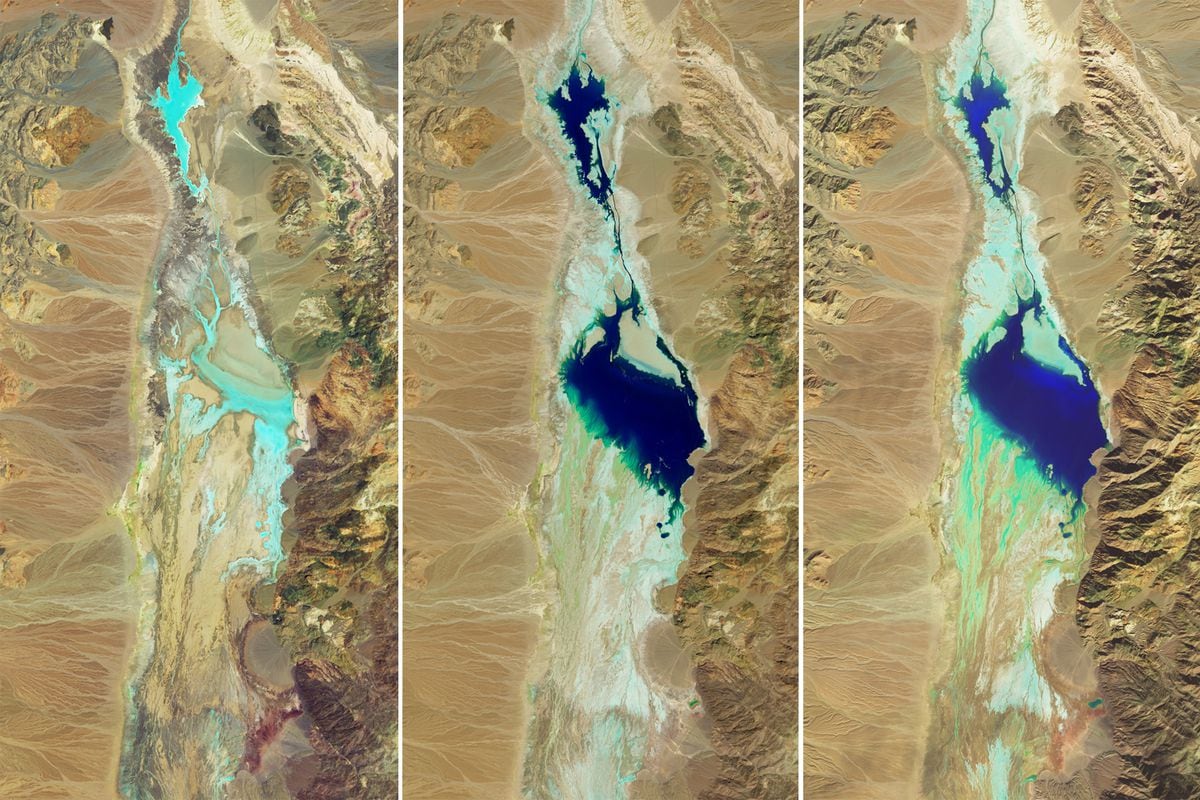2022 was the driest year in Europe since there have been scientific surveys
(second half of the 19th century): in first place for the extension of the areas affected by drought, in second place for the reduction in the flow of rivers.
63% of European rivers were below the 1991-2020 average last year, and it was the 6th consecutive year of below average flows for the continent's streams.
This was revealed by the annual report of Copernicus, the EU Earth observation service, "European State of the Climate 2022".
In the winter of 2021-2022,
large parts of Europe had fewer than average snow days
, in many regions for less than 30 days.
In spring, rainfall was below average in many areas, with May being the least rainy month on record.
The lack of winter snow and the hot summer have led to a record loss of ice from the glaciers of the Alps, more than 5 km2.
The rain shortage continued into the summer, with exceptional heat waves leading to extensive and prolonged drought.
According to Copernicus,
southern Europe had the highest number of days with "very severe heat stress" on record, and the trend across Europe is growing.
The only positive aspect, in 2022 the amount of solar radiation received by the continent was the highest in 40 years, with a growing trend over the same period.
Average temperatures in Europe over the past 5 years, 2018-2022, were 2.2 degrees Celsius above 1850-1900 pre-industrial levels
.
The report released today reiterates the data on the European climate already anticipated by Copernicus in January.
Last year was the second warmest year on record in Europe since there are scientific records: 0.9C above the 1991-2020 historical average, a record only surpassed by 2020. 2022 had the hottest summer ever recorded: 1.4 C above the thirty-year average.
Globally,
the last 8 years have been the warmest on record
, and concentrations of greenhouse gases have reached the highest levels ever detected by satellites: 417 parts per million for carbon dioxide and 1,894 parts per billion for methane .
In 2022, the average global temperature was 1.2 degrees above pre-industrial levels.
The 2015 Paris Agreement on climate expects to keep temperatures below 2 degrees from the 1850-1900 pre-industrial average, and the Glasgow Cop26 lowered this threshold to 1.5 degrees.
Glacier melting alert
Meanwhile, the loss of ice in
Antarctica and Greenland
hits a new record: in the last 30 years it has quintupled, reaching 7,560 billion tons, the equivalent of a gigantic cube of ice with sides of 20 kilometers.
Melt of this huge amount now contributes more than a quarter of global sea level rise, equivalent to about 21 millimeters since 1992, putting coastal regions around the world at risk.
These are the data that emerge from the new report of the international scientific collaboration Imbie (Ice Sheet Mass Balance Intercomparison Exercise), funded by the European Space Agency (ESA) and NASA, also used by the Intergovernmental Group of Experts on Climate Change (IPCC).
The new study, led by the
British University of Leeds,
involved 68 experts from 41 research centers and organizations and made use of the measurements carried out by 17 NASA and ESA satellite missions, such as that of the European Copernicus programme.
From now on, the Imbie report will be updated every year, to ensure the scientific community has the most recent data available.
The polar ice caps have lost ice every year since satellite monitoring began in 1992. The peak was reached in 2019 when 612 billion tons of ice were recorded in the Arctic region due to a heat wave less: of these, 444 billion tons were lost in Greenland alone.
In the early 1990s, melting ice sheets accounted for only a small fraction (5.6%) of sea level rise.
Since then, though, melting has increased five-fold and is now responsible for more than a quarter (25.6%) of all raising.
If ice loss continues at the same rate, the IPCC predicts that Antarctica and Greenland will cause global sea level rises of between 148 and 272 millimeters by the end of the century.
ANSA agency
Earth Day 2023: a call to invest in the planet - Economy
It is celebrated on April 22nd.
Numerous initiatives in the world.
From the protection of coral reefs to the prevention of food waste (ANSA)












